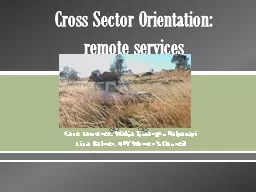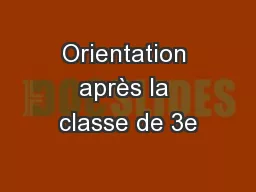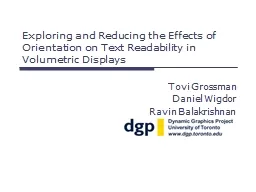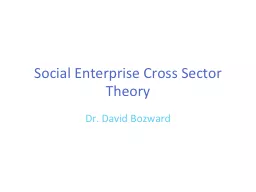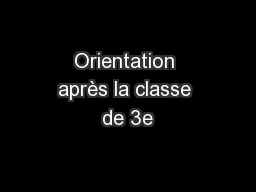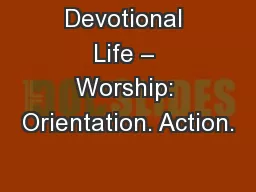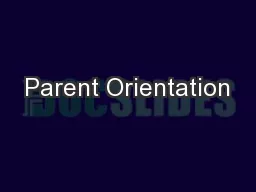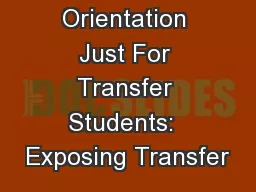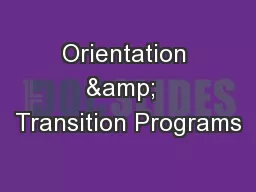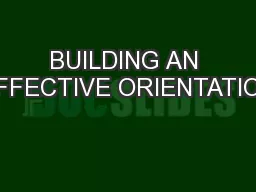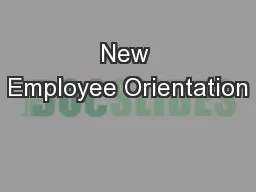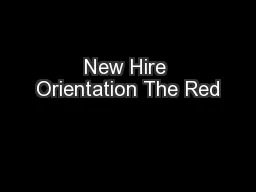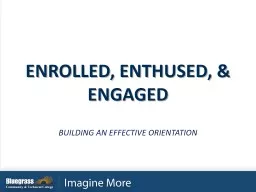PPT-Cross Sector Orientation:
Author : dsuser1 | Published Date : 2020-10-22
remote services Kate L awrence Waltja Tjutangku Palyapayi Liza Balmer NPY Womens Council WALTJA TJUTANGKU PALYAPAYI Waltja is an incorporated notforprofit community
Presentation Embed Code
Download Presentation
Download Presentation The PPT/PDF document "Cross Sector Orientation:" is the property of its rightful owner. Permission is granted to download and print the materials on this website for personal, non-commercial use only, and to display it on your personal computer provided you do not modify the materials and that you retain all copyright notices contained in the materials. By downloading content from our website, you accept the terms of this agreement.
Cross Sector Orientation:: Transcript
Download Rules Of Document
"Cross Sector Orientation:"The content belongs to its owner. You may download and print it for personal use, without modification, and keep all copyright notices. By downloading, you agree to these terms.
Related Documents

